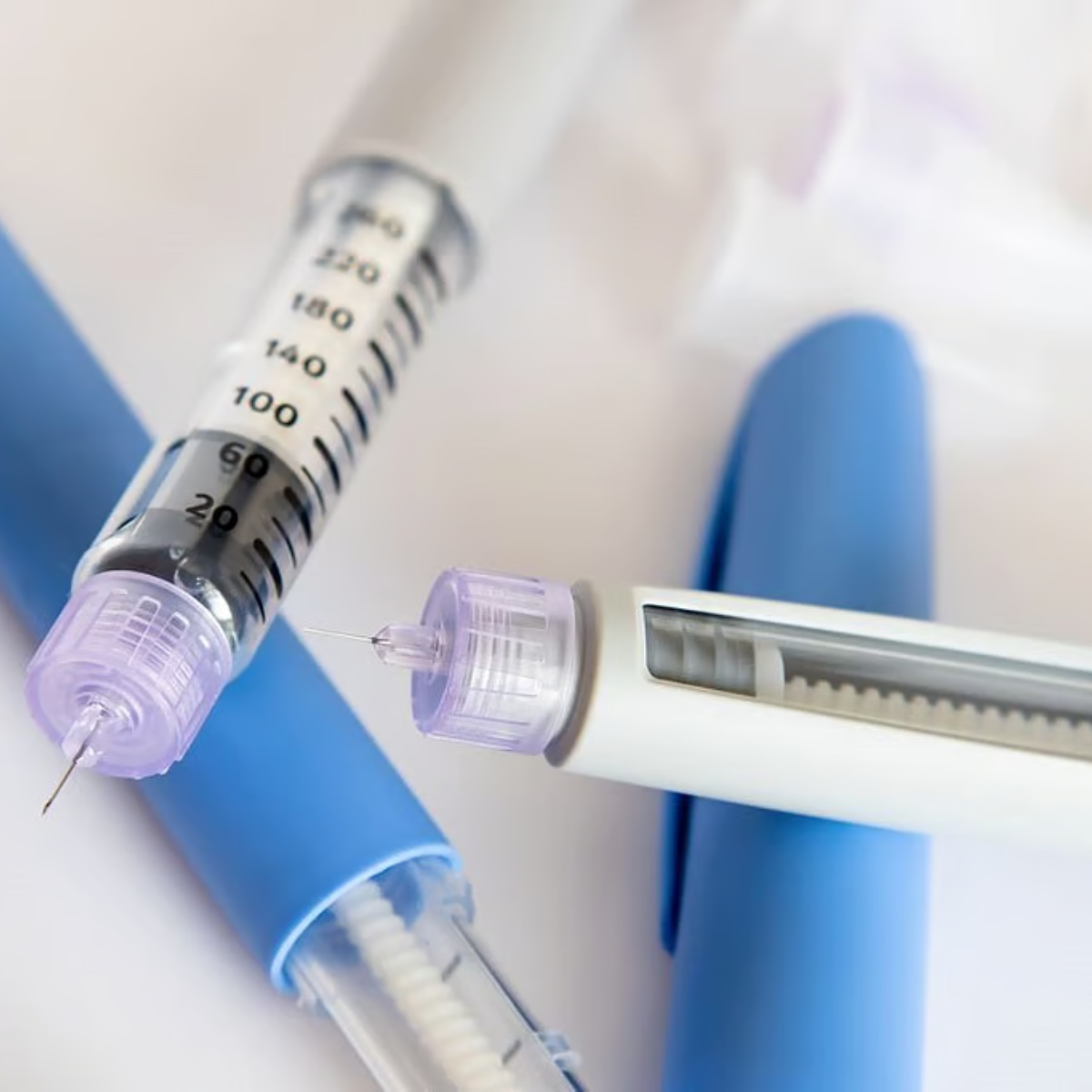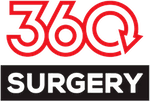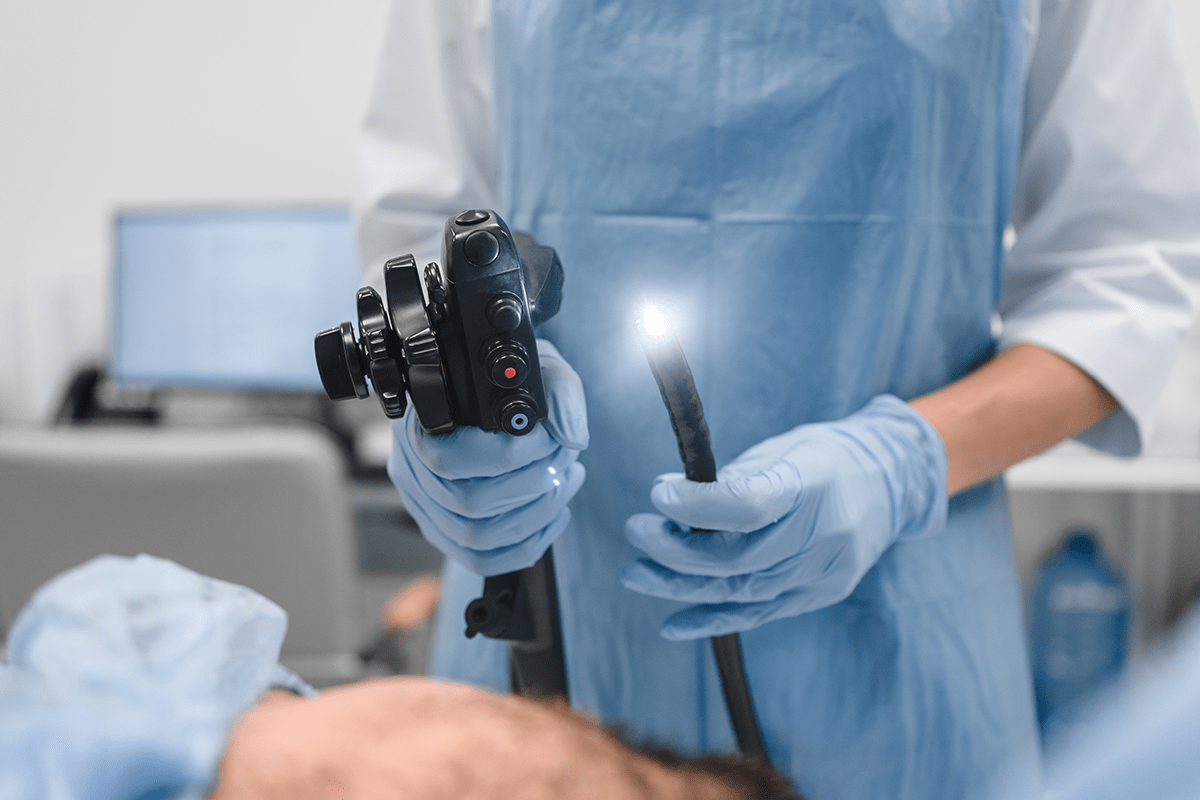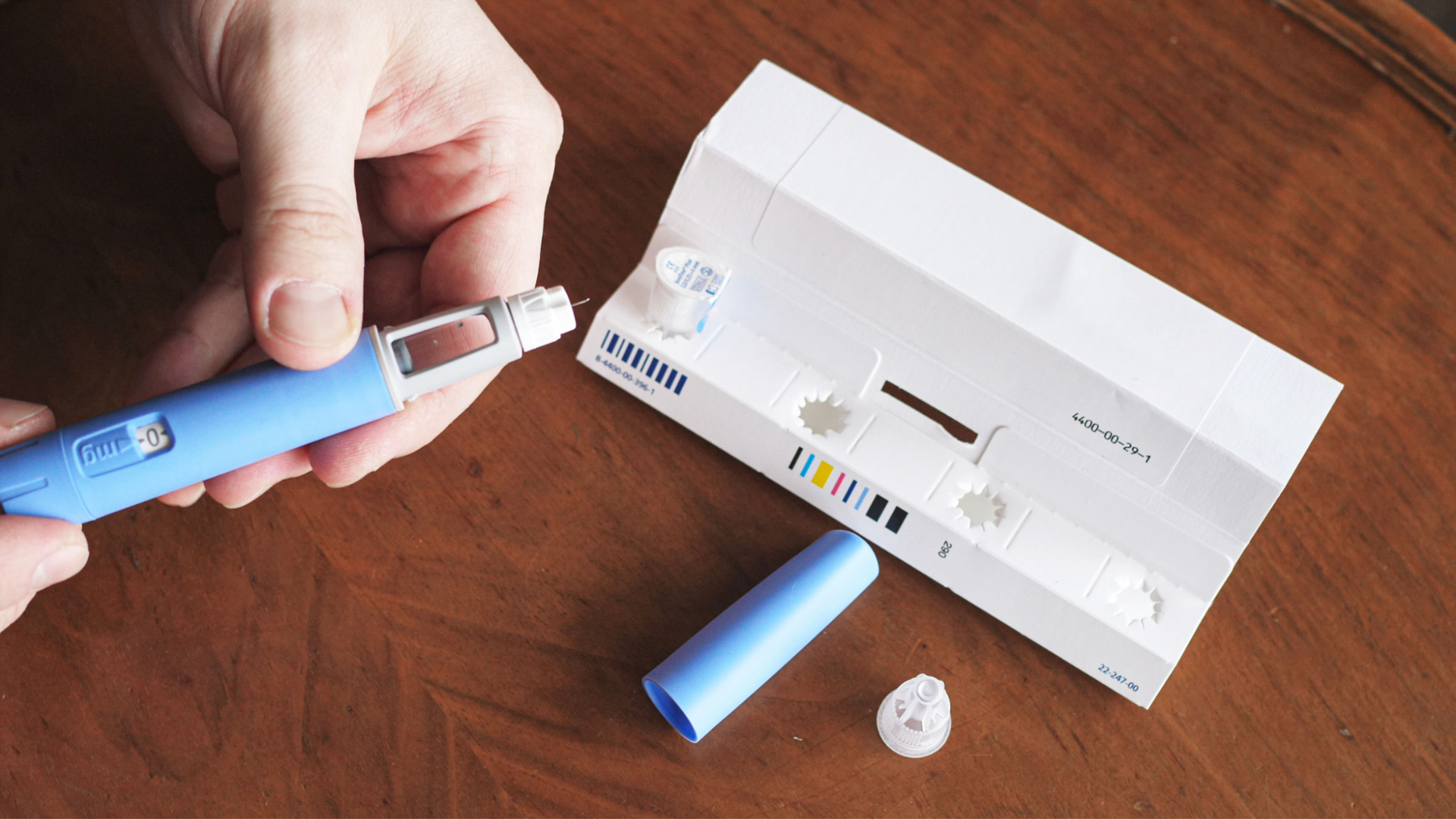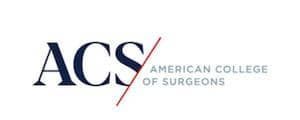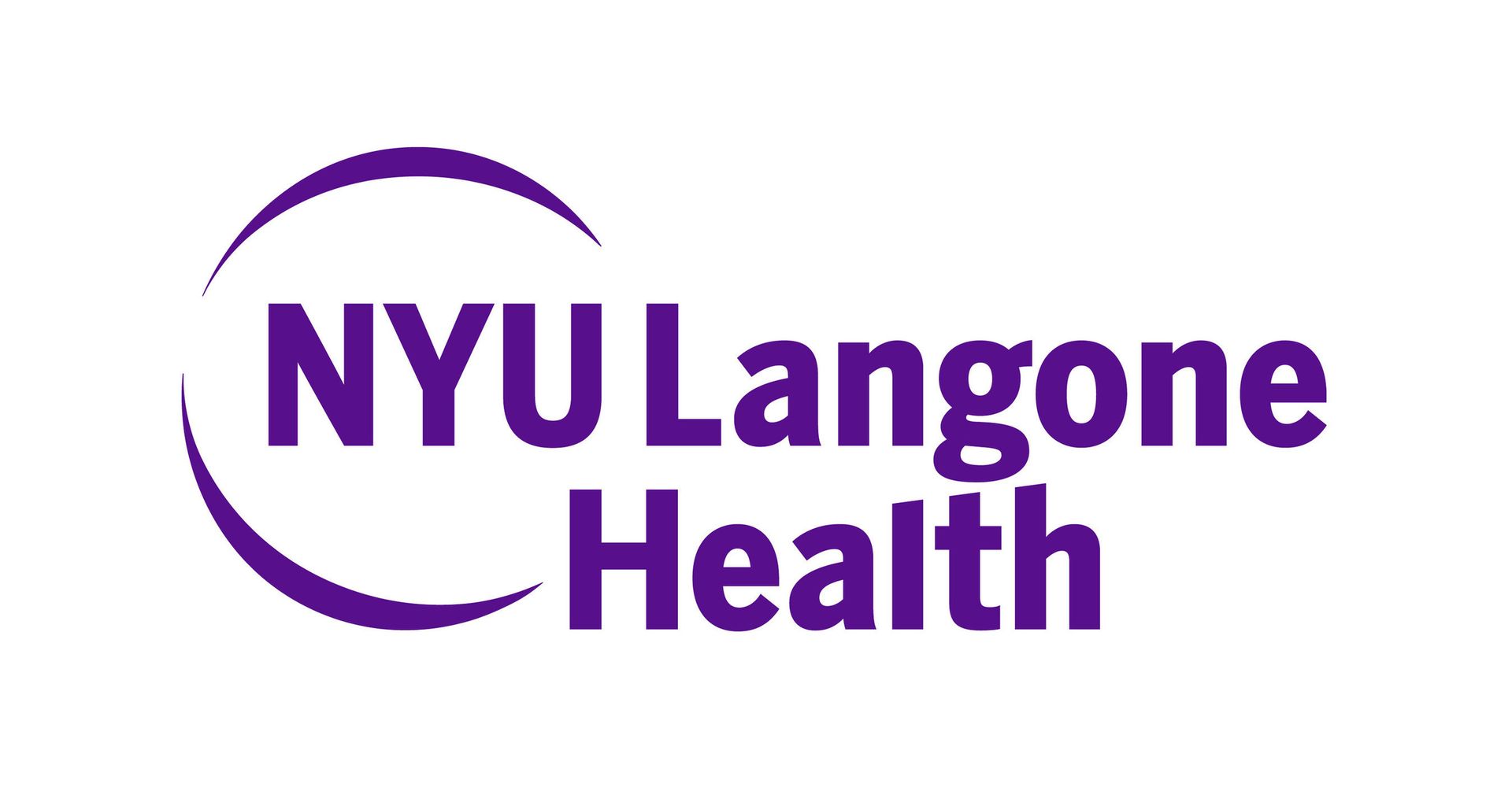Reflux After Sleeve Gastrectomy: Causes, Diagnosis, and Treatment
Melbourne’s 360 SURGERY chief surgeon explains the ins and outs of this condition
Gastro-oesophageal reflux disease (GORD) is a common issue for patients after sleeve gastrectomy (SG), one of the most widely used bariatric procedures. While SG is highly effective for weight loss, it can sometimes lead to or worsen acid reflux, causing discomfort and impacting quality of life. Understanding why reflux occurs and how to manage it is essential for ensuring the best long-term outcomes.
Why Does Reflux Occur After Sleeve Gastrectomy?
Following sleeve gastrectomy, the stomach’s shape and function change, which can contribute to acid reflux. Key reasons include:
- Reduced stomach volume: Less space for food and gastric juices increases pressure, pushing acid upward.
- Loss of the gastric fundus: The part of the stomach that naturally accommodates food and prevents reflux is removed.
- Increased intragastric pressure: A narrower stomach tube can cause stomach contents to move back into the oesophagus.
- Pre-existing conditions: Some patients may already have undiagnosed reflux or a hiatal hernia, which worsens after surgery.
Symptoms of GORD After Sleeve Gastrectomy
Common reflux symptoms post-surgery include:
- Heartburn (burning sensation in the chest)
- Regurgitation (acid or food coming back up)
- Chronic cough or throat irritation
- Difficulty swallowing
- Chest discomfort that worsens when lying down
If left untreated, chronic GORD can lead to complications such as oesophagitis, Barrett’s oesophagus, or strictures.
How Is GORD Diagnosed After SG?
A thorough evaluation is needed to determine the severity and underlying cause of reflux after sleeve gastrectomy. Diagnosis typically involves:
- Clinical history & symptom questionnaires
- Endoscopy (gastroscopy) to assess oesophageal damage
- pH monitoring to measure acid exposure
- Manometry to evaluate oesophageal motility
- Imaging (barium swallow test) to detect anatomical issues
Treatment Options for Reflux After Sleeve Gastrectomy
1. Medication & Lifestyle Changes
First-line treatments for reflux include:
- Proton pump inhibitors (PPIs) (e.g., omeprazole, esomeprazole) to reduce stomach acid
- Antacids & H2 blockers for symptom relief
- Dietary modifications:
- Avoid spicy, fatty, and acidic foods
- Eat smaller, frequent meals
- Stop eating 2–3 hours before bed
- Weight management: Even small weight regain can worsen reflux
- Elevating the head of the bed to prevent nighttime symptoms
2. Endoscopic Treatments
If medication and lifestyle changes fail, endoscopic procedures may be considered, such as:
- Anti-reflux mucosectomy (ARMS): Reshapes the stomach lining to improve reflux symptoms.
- Radiofrequency ablation (Stretta procedure): Strengthens the lower oesophageal sphincter (LES) to reduce acid reflux.
However, these techniques are still relatively new, and long-term effectiveness in post-SG patients remains under study.
3. Surgical Interventions
For severe or persistent reflux, revisional surgery may be necessary:
- Conversion to Roux-en-Y gastric bypass (RYGB):
- Considered the gold standard for treating refractory GORD post-SG
- Reduces acid exposure and improves symptoms
- Involves re-routing food away from the oesophagus, bypassing stomach acid
- Hiatal hernia repair (if present):
- Corrects anatomical issues that contribute to reflux
- Often done alongside revisional surgery
While surgery can significantly improve symptoms, it comes with its own risks and requires careful consideration.
Personalised Management Is Key
Each patient’s case is unique, and managing reflux after sleeve gastrectomy requires a multi-step approach. From medication and lifestyle adjustments to surgical interventions, treatment should be tailored to the individual and coordinated by a multidisciplinary team.
Reference:
- Chan, D.L., Chen, K.L., Indja, B.E. et al.
The Management of Intractable Gastroesophageal Reflux Following Sleeve Gastrectomy: A Narrative Review. Curr Surg Rep (2024).
https://doi.org/10.1007/s40137-024-00426-8

